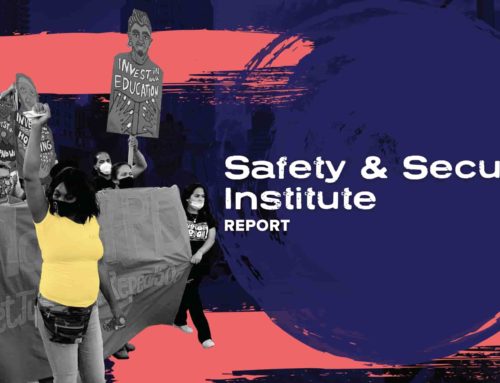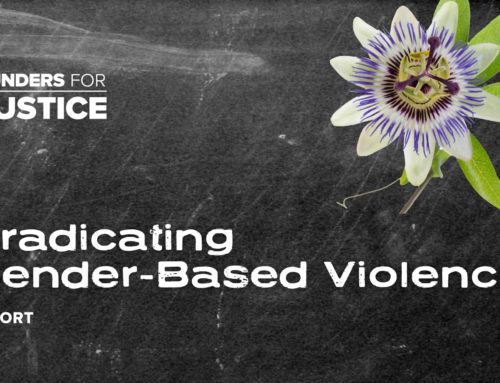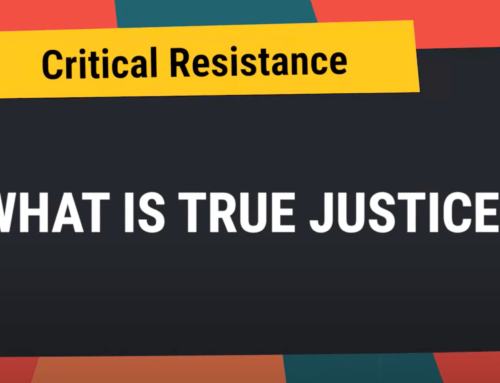Who Pays? The True Cost of Incarceration on Families proves that the costs of locking up millions of people is much deeper than we think. Locking up individuals also breaks apart their families and communities, saddles them with overwhelming debt, and leads to mental and physical ailments. The situation is dire, but a better approach is possible.
Executive Summary:
Each year, the United States spends $80 billion1 to lock away more than 2.4 million people in its jails and prisons2—budgetary allocations that far outpace spending on housing, transportation, and higher education.3
But costs run deeper than budget line items and extend far beyond the sentences served. These costs are rarely quantified and measured and primarily impact incarcerated populations and the families and communities from whom they are separated, the same people who are already stigmatized, penalized, and punished.
Families pay both the apparent and hidden costs while their loved ones serve out sentences in our jails and prisons. Because families are formed in diverse ways and take many forms, the definition used in this report encompasses families built across generations and borders and within and beyond blood relations. The families in this report and those who support loved ones bear the burden to help those individuals re-acclimate to society after serving time. Four decades of unjust criminal justice policies have created a legacy of collateral impacts that last for generations and are felt most deeply by women, low-income families, and communities of color.
In March 2014, the Ella Baker Center for Human Rights, Forward Together, and Research Action Design launched a collaborative participatory research project with 20 community-based organizations across the country to address this unjust legacy.
Trained community researchers reached directly into communities in 14 states, probing into the financial costs faced when a family member goes to jail or prison, the resulting effects on physical and mental health, and the challenges and barriers encountered by all when an individual returns home. The research included surveys with 712 formerly incarcerated people, 368 family members of the formerly incarcerated, 27 employers, and 34 focus groups with family members and individuals impacted by incarceration. The project revealed that many of the costs and penalties associated with incarceration continue long after incarceration ends and reach far beyond the individual being punished, with negative impacts for families and communities.
The findings show that the long-term costs extend beyond the significant sums already paid by individuals and their families for immediate and myriad legal expenses, including cost of attorney, court fees and fines, and phone and visitation charges. In fact, these costs often amount to one year’s total household income for a family and can force a family into debt. Latent costs include, but are not limited to, mental health support, care for untreated physical ailments, the loss of children sent to foster care or extended family, permanent declines in income, and loss of opportunities like education and employment for both the individuals incarcerated and their family members, opportunities that could lead to a brighter future.



